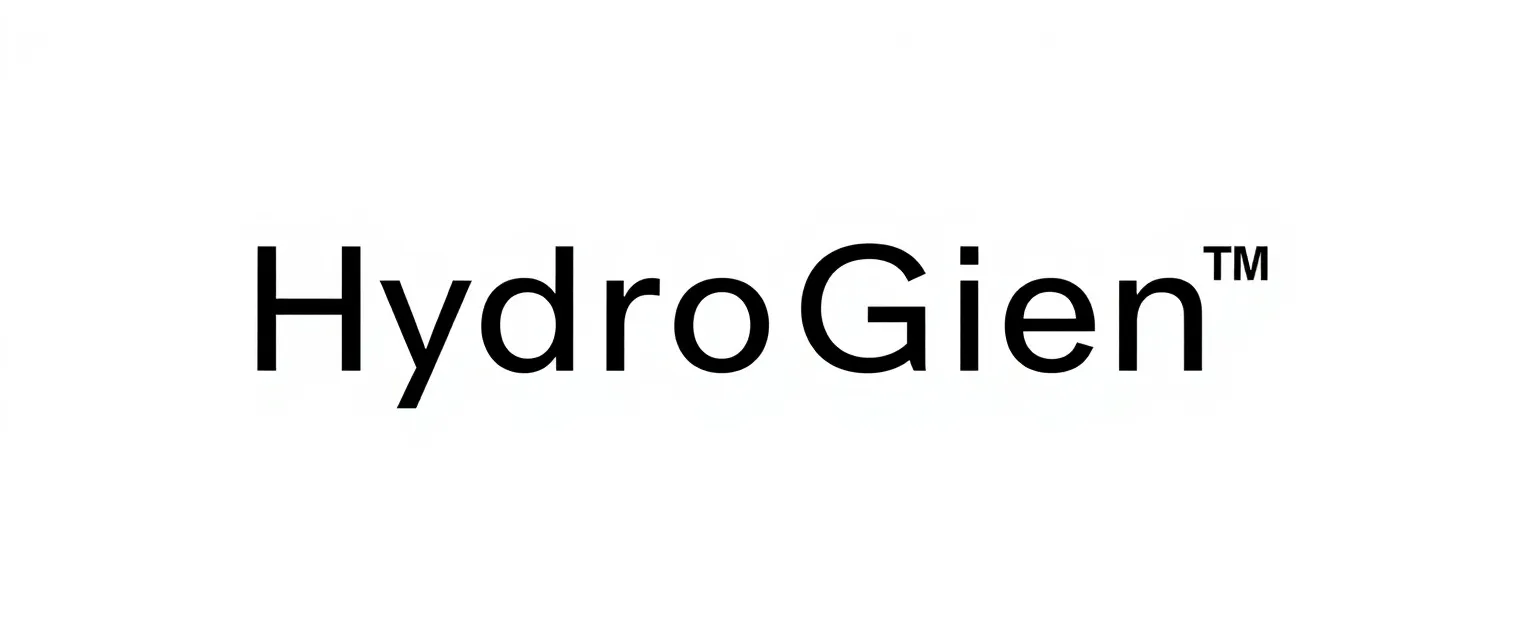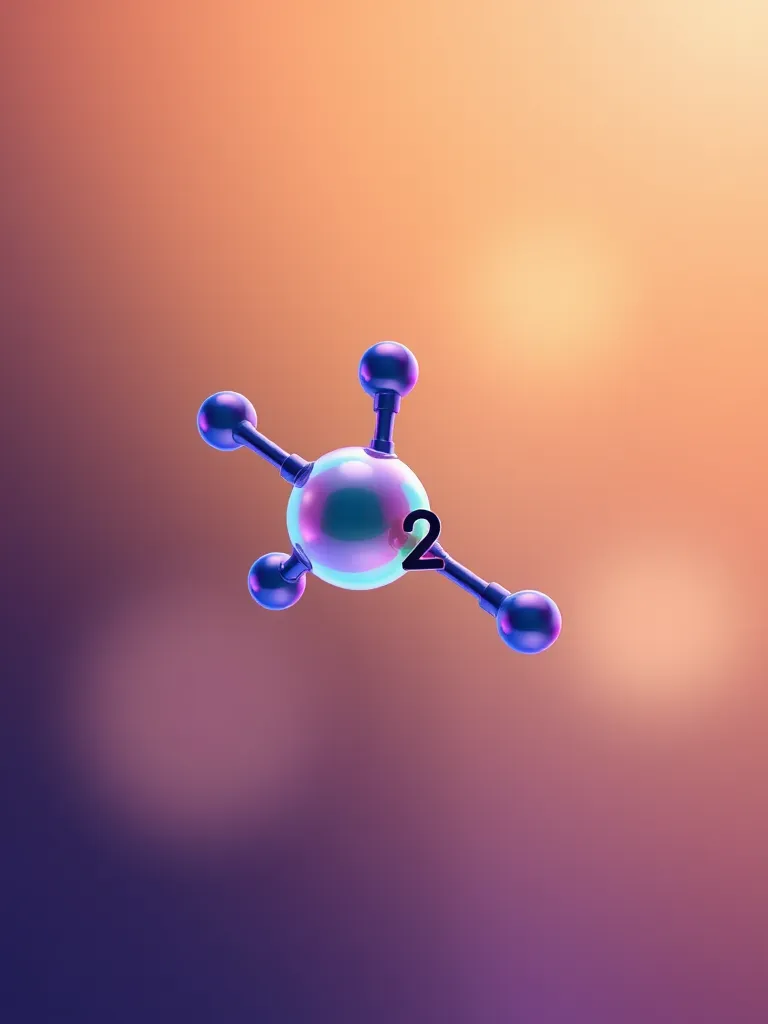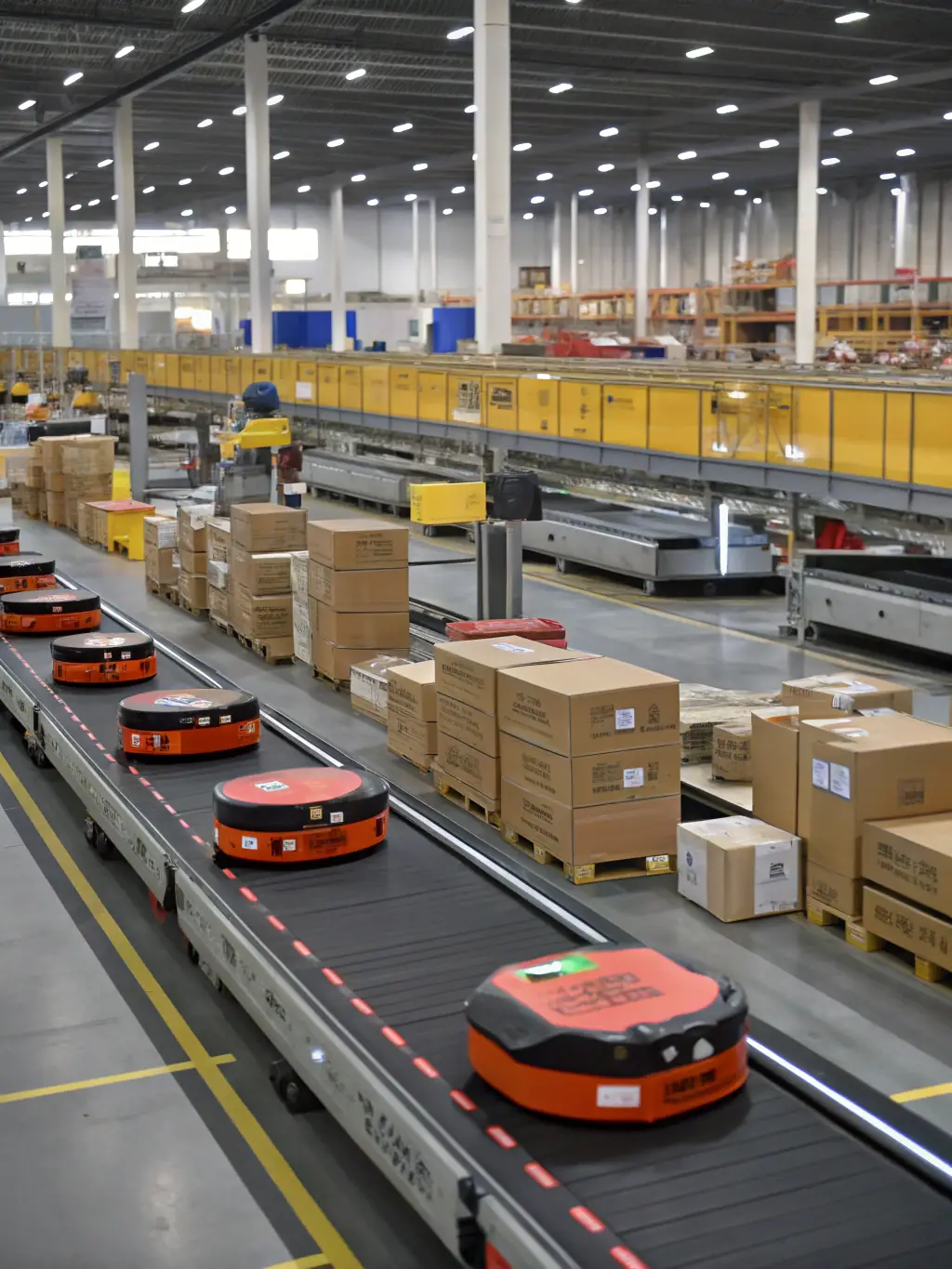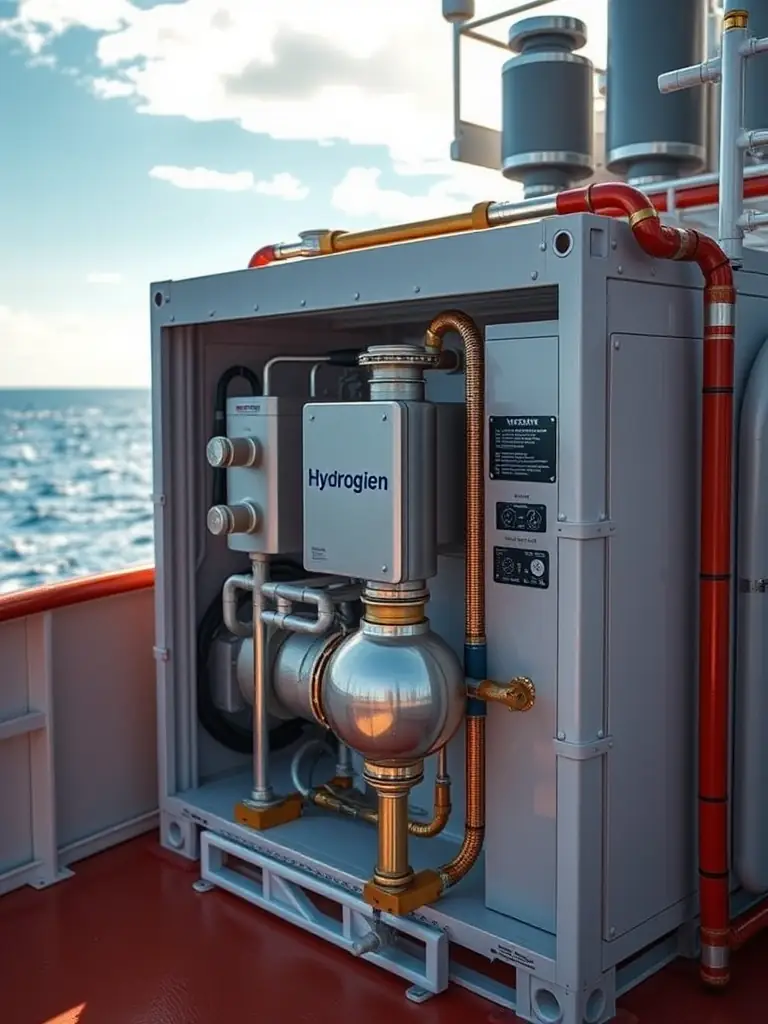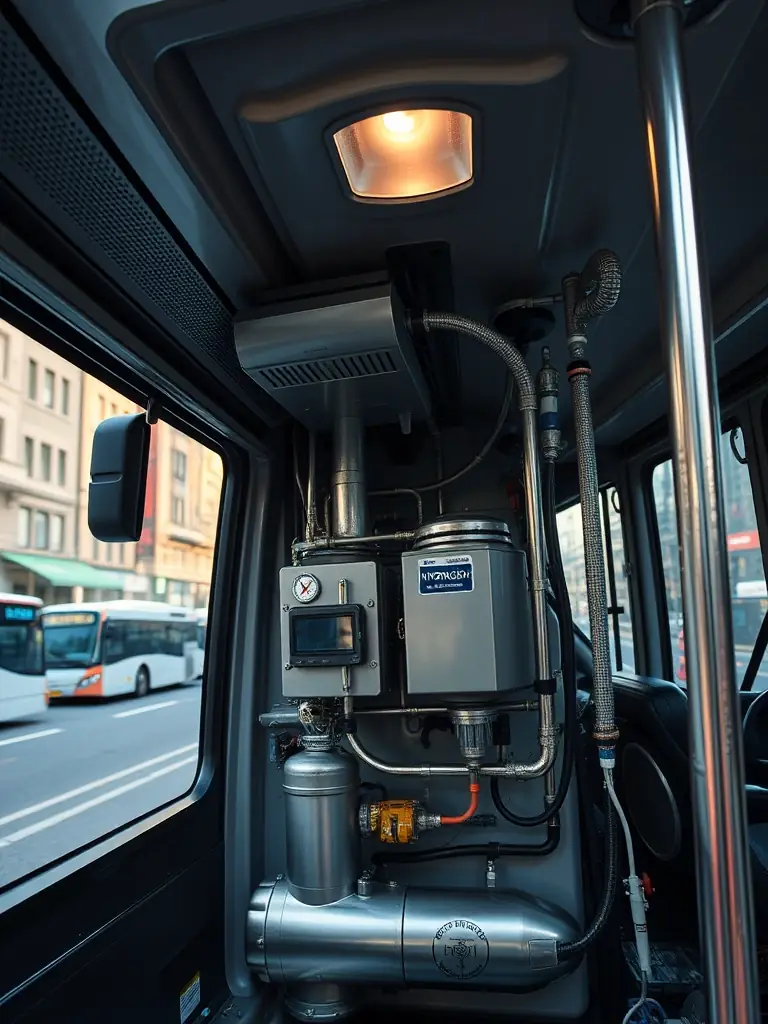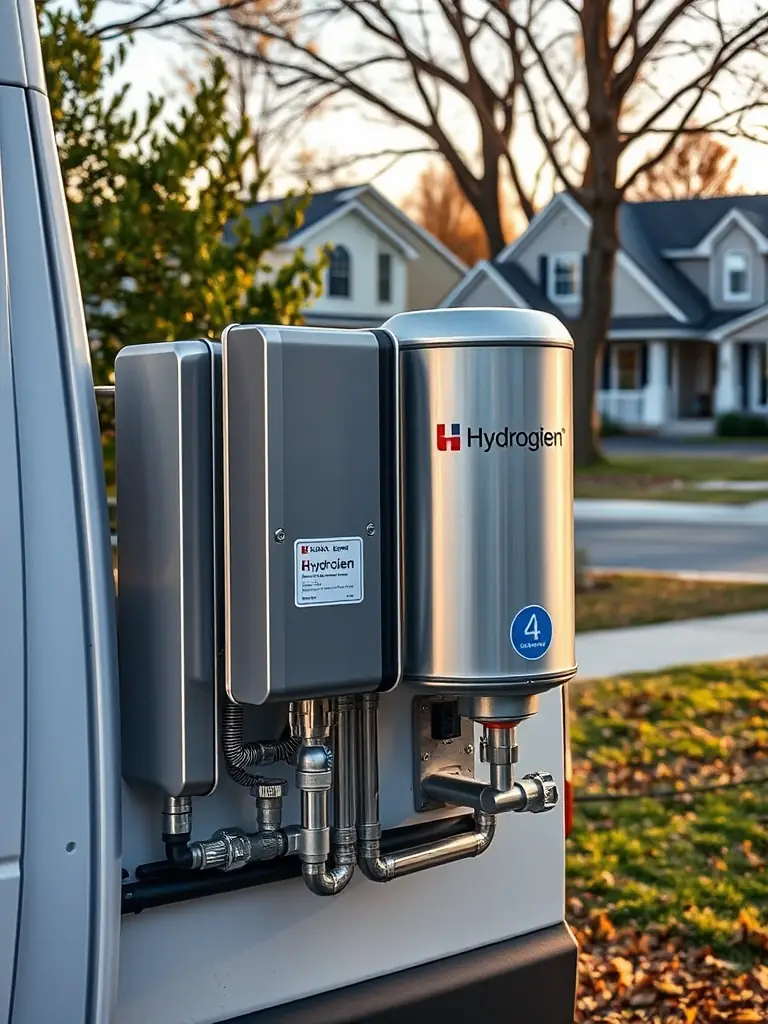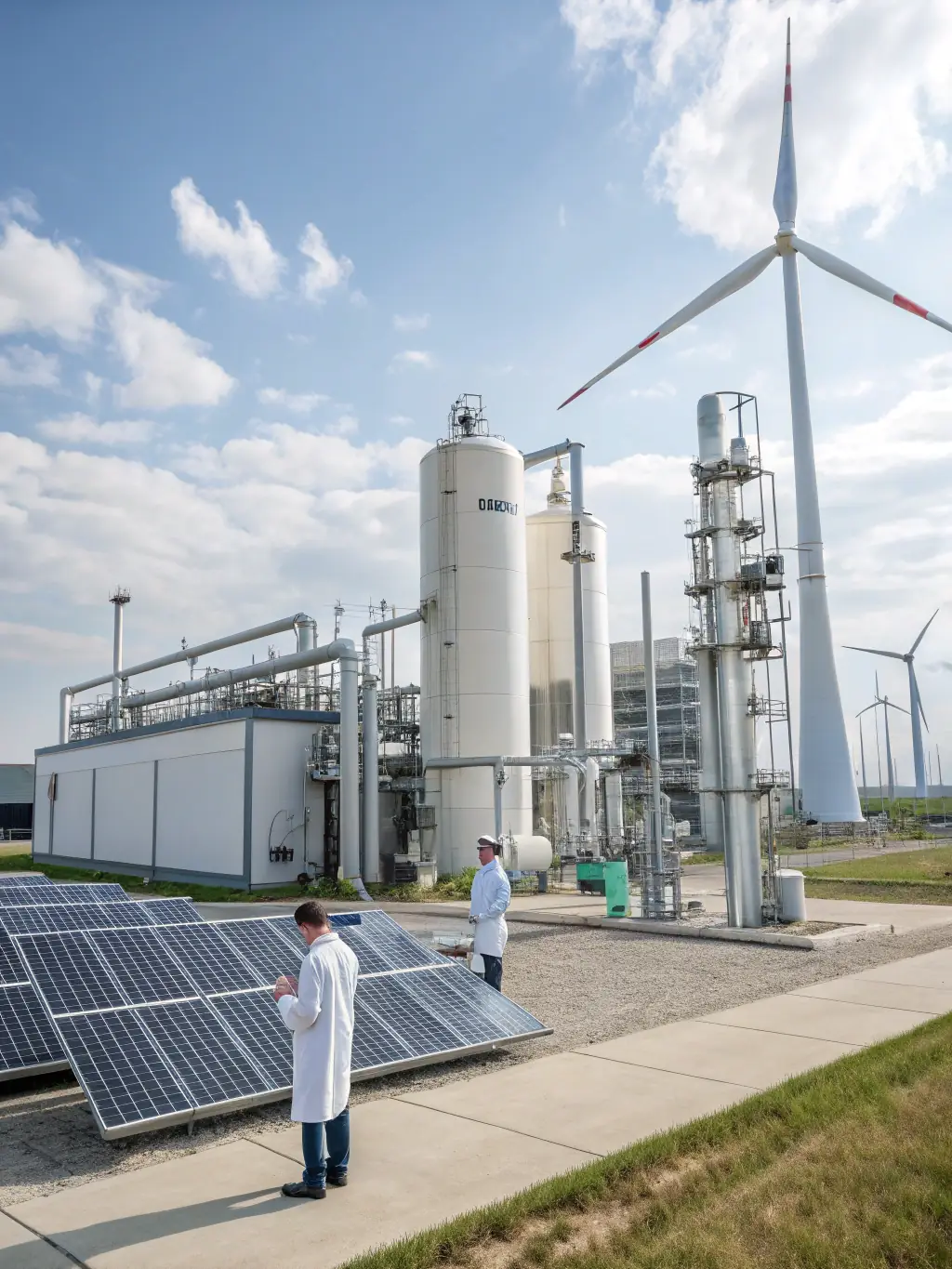Revolutionary Hydrogen Generation
The Future of Clean Energy Storage
Hydrogien has developed a breakthrough hydrogen generation technology that fundamentally changes how the world can access clean energy. Our patented platform generates pure hydrogen on-demand from safe, solid-state materials and water – eliminating the need for dangerous high-pressure storage or complex infrastructure.
Key Advantages:
- Generate hydrogen anywhere, anytime
- No high-pressure tanks or pipelines required
- Works with any water source
- Operates in extreme environments
- Instant startup and shutdown capability

Unmatched Safety Architecture Setting New Standards for Hydrogen Safety
Our multi-layered safety system represents a quantum leap in hydrogen technology, with redundant protection systems that make our platform safer than conventional batteries.
Safety Features:
- Advanced predictive control systems
- Rapid emergency response capabilities
- Multiple independent safety layers
- Comprehensive containment systems
- Real-time monitoring and protection
Cost-Effective Production
Clean energy at dirty energy prices. Our proprietary technology achieves breakthrough economics that make hydrogen adoption a smart business decision, not just an environmental one. Patent-pending innovations deliver affordability without compromising safety or performance.
Testing Today, Transforming Tomorrow
From prototype to pilot to production – we’re with you every step. Our patent-pending system is demonstrating encouraging results in early trials: meaningful fuel savings, lower emissions, seamless integration. Together with our partners, we’re not just testing technology – we’re building the blueprint for clean energy transformation.
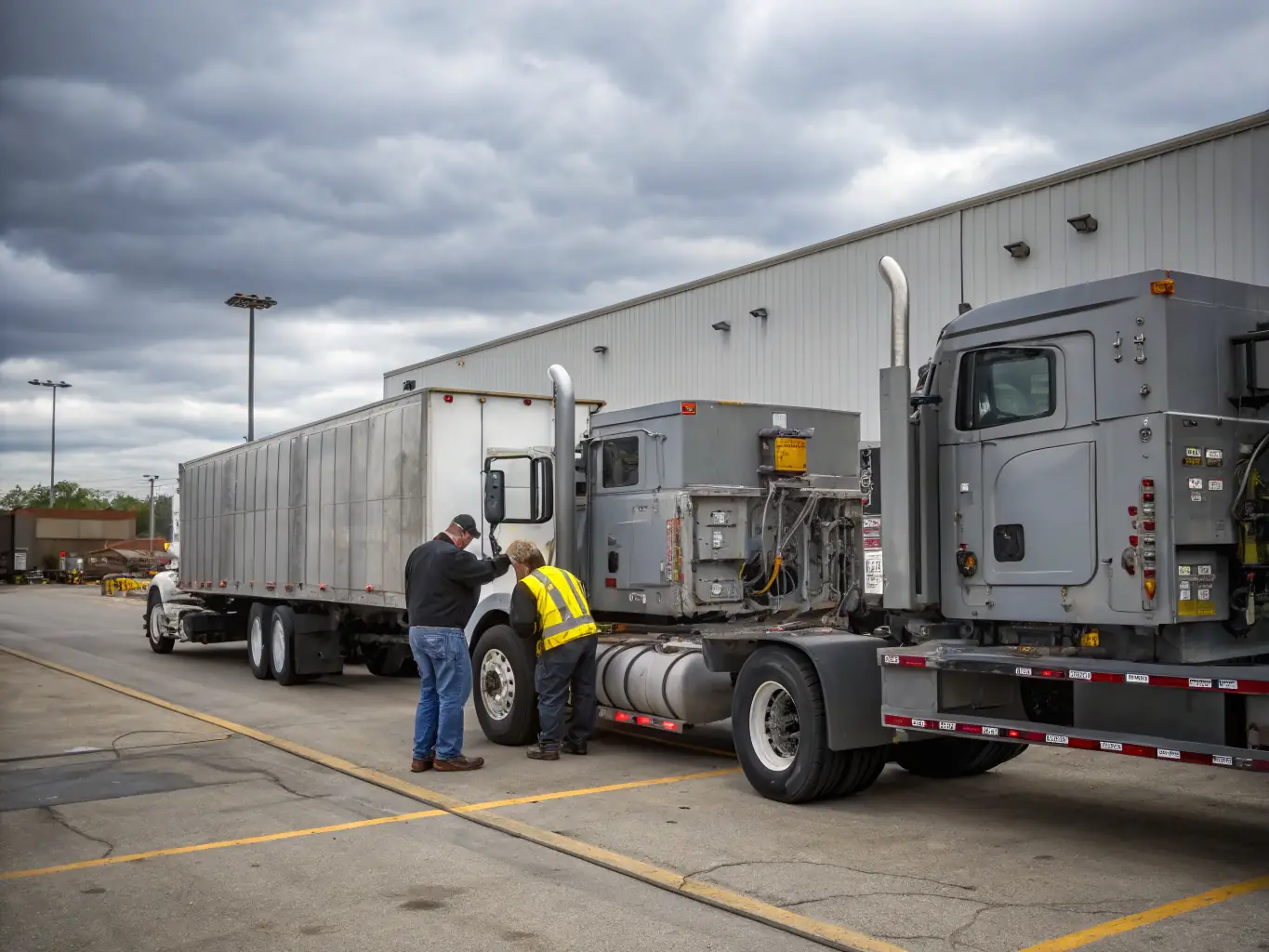
Seamless System Integration
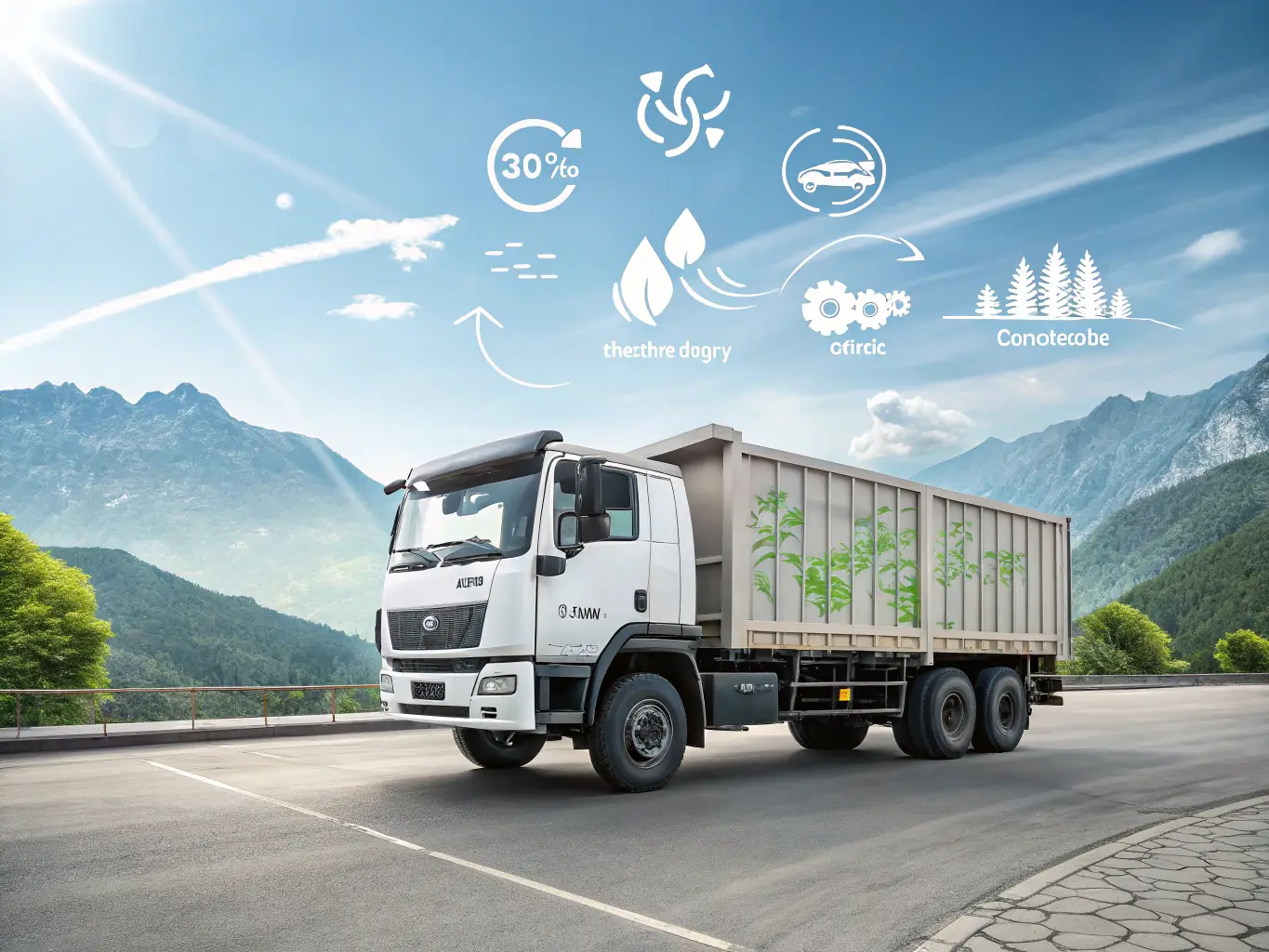
Significant Cost Savings

Dedicated Customer Support
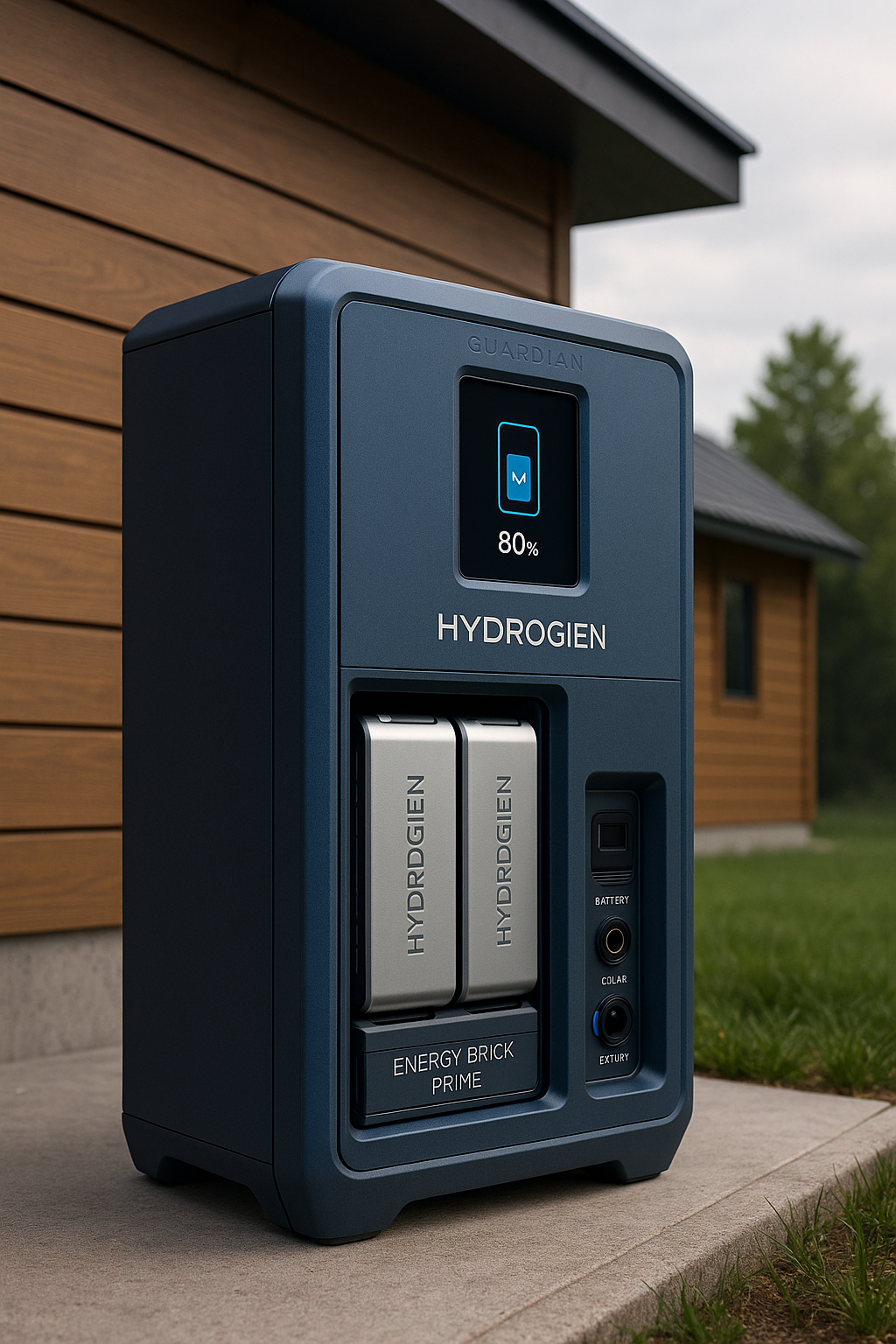
Versatile Hydrogen Solutions for Every Vehicle
- Passenger Vehicles: Reduce fuel costs and emissions for daily commutes.
- Commercial Fleets: Improve fuel efficiency and lower operating expenses for delivery and service vehicles.
- Long-Haul Trucks: Extend driving range and minimize environmental impact for long-distance transportation.
Get in Touch Today
Unlimited Applications: Powering Everything from Pacemakers to Entire Facilities
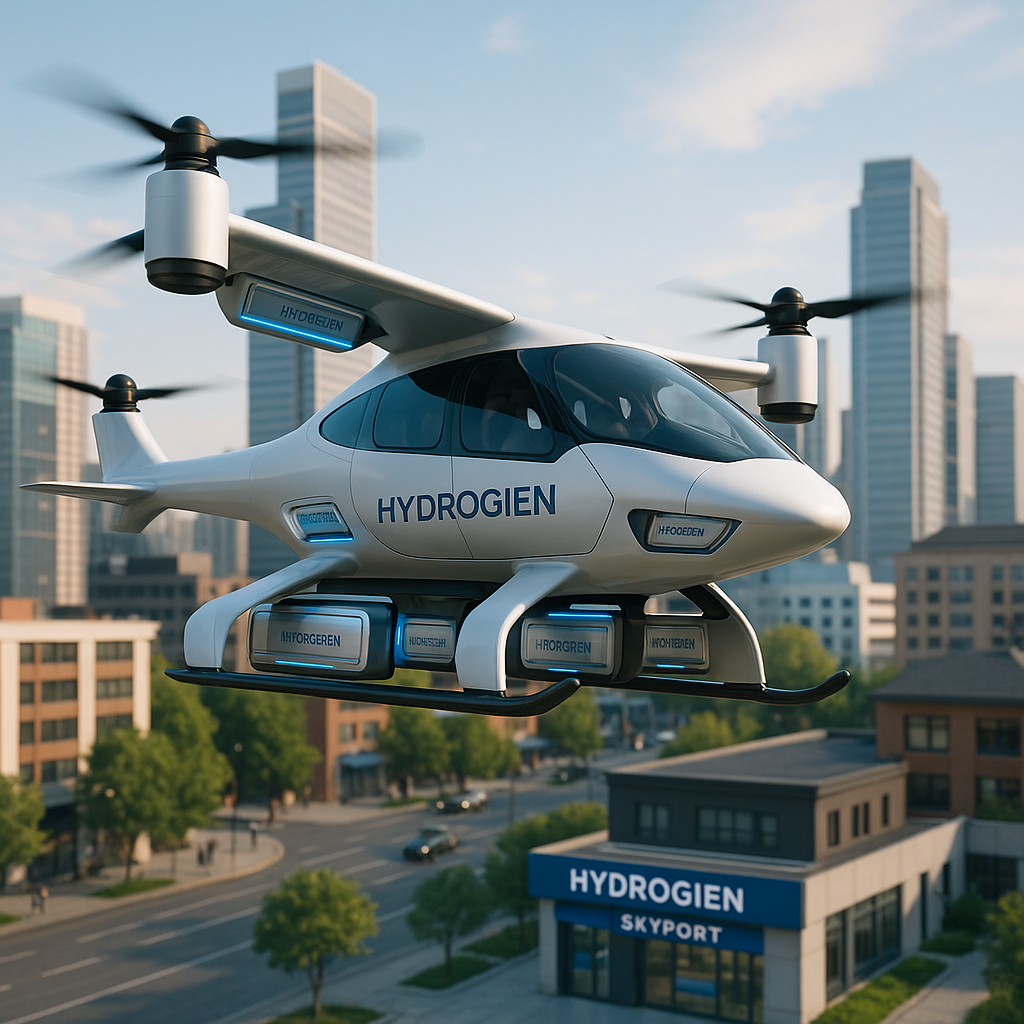
Robotics & Automation
Ready to reduce fuel consumption?

Robotics & Automation (Watts – Kilowatts)
Unlimited Operation, Unlimited Possibility

Drones: Extended Flight Times

Industrial Automation: 24/7 Production
10x Productivity
Boost your operations with unparalleled efficiency. Our on-demand hydrogen generation system dramatically increases productivity, allowing your existing diesel vehicles to achieve more in less time.
Zero Charging Infrastructure
Say goodbye to the limitations of charging stations. Hydrogien's innovative system generates hydrogen on-demand, eliminating the need for costly and time-consuming charging infrastructure.
Continuous Autonomous Operation
Experience uninterrupted performance with our continuous autonomous operation. Hydrogien's system ensures your vehicles stay on the road longer, maximizing uptime and minimizing downtime.

Strategic Energy Independence
Versatile Applications of Hydrogien's On-Demand Hydrogen Generation System

Silent, Secure Power for Forward Operations

Extended Range for Unmanned Systems

Reliable Base Power for Remote Installations
Enhanced Security
Our on-demand hydrogen generation system eliminates vulnerable supply lines, enhancing operational security and reducing risks associated with fuel transportation and storage.
Industrial Power (Kilowatts - Megawatts)
Zero Downtime
Our on-demand hydrogen generation system integrates seamlessly with existing diesel vehicles, ensuring continuous operation without any interruption to your fleet's schedule.
Dramatic Cost Reduction
By reducing fuel consumption by 25-35%, Hydrogien significantly lowers your operational expenses, leading to substantial savings and improved profitability.
Grid Independence
Our system generates hydrogen at the point of use, eliminating the need for costly and complex hydrogen infrastructure, providing you with energy independence.
Reliable Energy for Extreme Environments
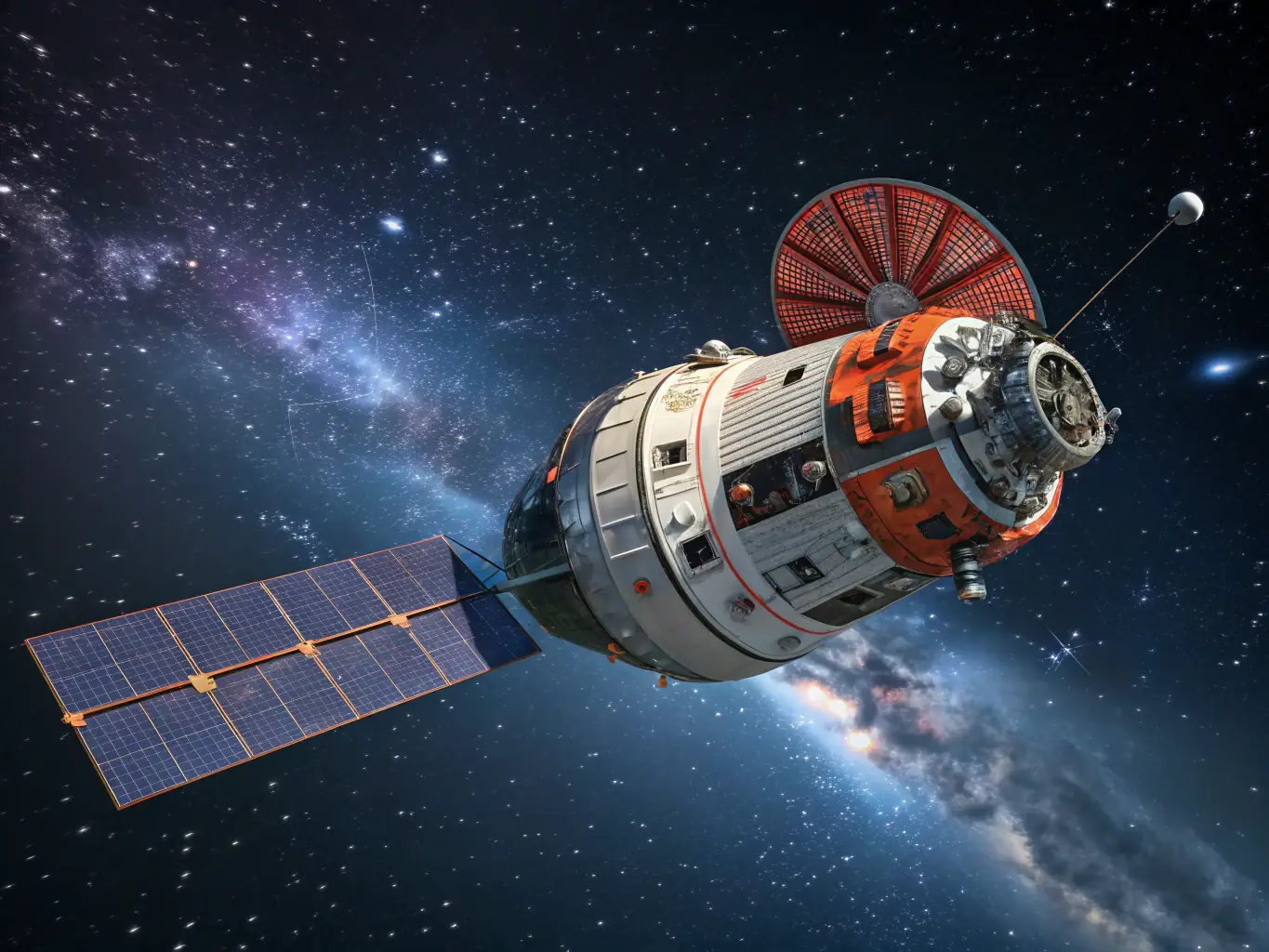
Enable Permanent Off-World Presence
One Platform. Infinite Possibilities.
The same patent-pending technology. The same safety architecture. The same simple cartridge system. Just scaled to your needs – from a child’s insulin pump to a city’s backup power. This is what makes Hydrogien revolutionary: we don’t just solve one problem, we transform how humanity accesses clean energy everywhere.
Ready to power your application? Contact us at [email protected]
